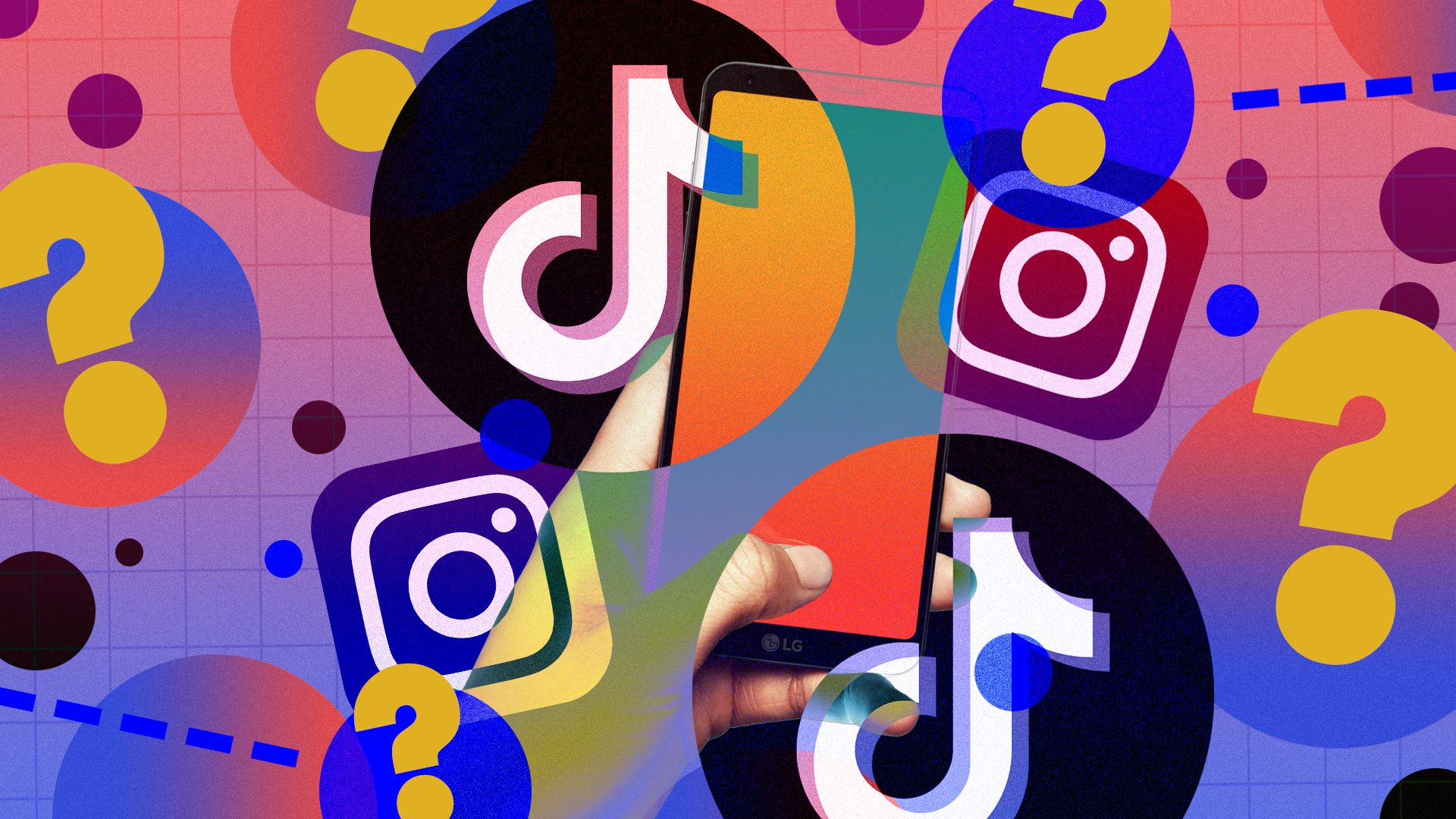TikTok, meme Tweets, and online raffles are all being used to appeal to a new generation of digitally native consumers. Here’s a quick rundown of how brands are marketing themselves in 2022.
Wondering how to get your business off the ground with Gen Z in 2022?
With an energy crisis on the way, international conflict, climate change, political turmoil, and a whole lot more, it can be hard to win public favour in these turbulent times. This is especially true with Gen Z, who are digitally savvy, chronically online, and deeply sceptical of marketing ploys and branded content.
Trying to reach this cohort can be a delicate balance of authenticity, humour, and persistence. Here are five steps that many companies have adopted to increase their influence online that could help you out.
Feel free to send us a cheque as a thanks when you make it big.
TikTok, YouTube Shorts, Instagram Reels, and short-form video are a priority
Older readers may remember a time when YouTube was the go-to for video content.
A decade ago it was the only real place to post advertisements, gain a sizeable following, and make a decent impression with millennial audiences. This isn’t the case today.
Thanks to platforms like TikTok, short-form content has become absolutely essential for Gen Z audiences, many of whom use it as their primary source of entertainment. Studies have suggested that Gen Zers have an eight second attention span, meaning that the old guard of long-form content simply isn’t going to cut it. Think speed, immediate, obvious messaging, and concise advertising.
If your brand isn’t already on TikTok, you’ll want to jump in as soon as possible. Converting this content to Instagram Reels and YouTube Shorts is a good idea too, as both platforms are basically diluted versions of TikTok. Remember too that the average user endlessly scrolls through speedy content, so you’ll need to make a sizeable bang to really stand out.
Starburst has beamed content into space for crying out loud.
Getting involved in meme culture
This one can be challenging to get right, but is very rewarding when done successfully. Gen Z want authenticity and relatability that isn’t forced, especially on social media platforms like Twitter.
Where companies once used very stiff, rigid language to promote their products and services, they now fully immerse themselves in trends, memes, low-brow humour, and influencer gossip.
Take the recent Ryanair Tweet replying to KSI about Jake Paul below, for example. It has nothing to do with planes, but it helps promote brand awareness to young consumers. This is where viral meme content and a genuine understanding of internet discourse works wonders.
One piece of advice here – always assign this work to a young employee or intern that spends their free time online. There’s no point assigning fifty-year-old Derrick from sales the task of following YouTubers. It will be obvious that it’s a marketing ploy and won’t be genuine.
Jake Paul is like the window at 11a, irrelevant
— Ryanair (@Ryanair) September 6, 2022
Personal connection through competitions and community building
Another way to bring your brand closer to Gen Z is to offer competitions, reward schemes, and limited time discounts.
We see this a lot with gaming companies and live service products where content changes all the time. There is a sense of ‘missing out’ on trending seasons or items which can create buzz with specific target audiences. Look no further than Fortnite for the best example of this model.
Engaging with communities and creatives around your services is also a great way to build good favour and excitement.
Another excellent case for this is Amazon’s ‘Rings Of Power’ series. A raffle was recently organised on Twitter where fans could win tickets to the London premiere. Thred’s own production manager Elliot went along as a content creator and posted his own video reviewing the show afterwards.
This feedback loop of content and community is a great way to break through to Gen Z – even if the final product’s reception ends up being questionable.
If your brand is less user focused, social media can still be used in ways that encourage active engagement. Consider polls, Q+As, giveaways, shoutout opportunities, follower exchanges, etc. Showing a willingness to listen to your customers can be a key aspect of Gen Z appeal.



















